When I was nine months old, we returned to Australia, to the nation’s capital, Canberra, where dad continued working for the air force. I have an older sister, Peta, and two younger sisters, Rebecca and Kate.
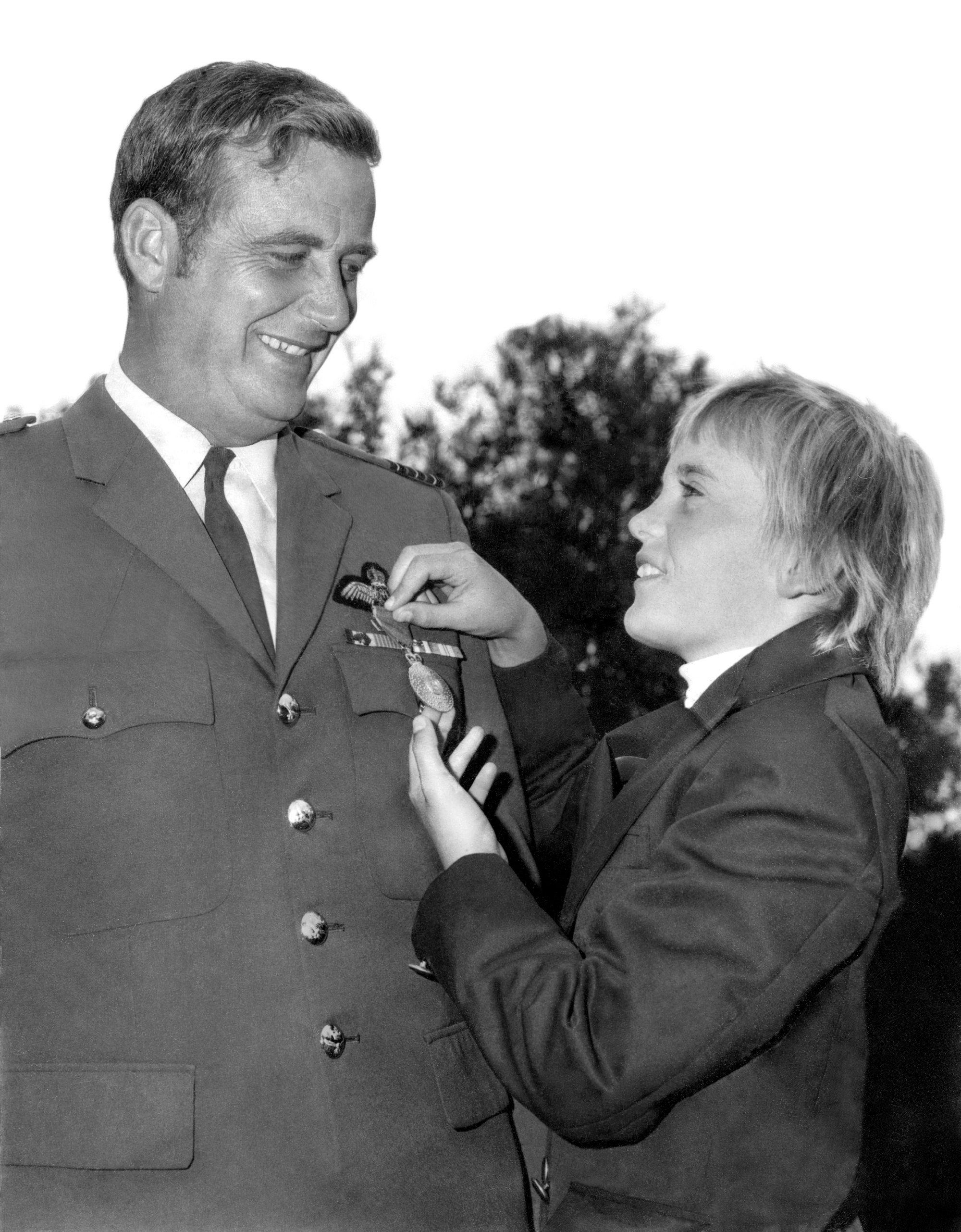
Papers please
As a young child, I remember The Australian, the national daily paper and the paper I now work for, spread across the carpet at home while Mum or Dad pored over it. My younger sister and I clambered across the pages trying to get their attention.
I have a sneaking suspicion that the sense I may have had as a small child that there was something special in this printed paper, and that perhaps I should be attracted to it, too, may have fired my interest in becoming a newspaper journalist.
Surf’s up
I liked the relative informality of Queensland’s school system. Unlike Canberra, where I had to wear long trousers, a blazer and tie, at Surfers Paradise State School some of my friends wore board shorts and flip-flops.
Many of us are still good friends and I’m currently helping organise a 40-year reunion for our high school, including some of those primary school friends.

Errand boy
I finished high school when I was 17. A few days later, I started at the Gold Coast Bulletin (newspaper) as the copy boy. Typewriters were still clattering away in the newsrooms and for about nine months, I ran errands around the building.
I would hear the rattle of the spoons, which was the sign from the subeditors that they’d like me to make them a cup of tea or coffee. I must have shown that I tried to do more than was required because they started me as a second-year cadet, not a first-year.
I spent the first 18 months in the sports department and was then moved to news.
Police chasing
The editor, John Burton, put me onto the police rounds desk. My job was to support an experienced reporter called Snezana. She knew all the local cops who might be media friendly.
I was exposed for the first time to murder scenes and investigations into bank hold-ups and light aircraft crashes and terrible trauma on the roads with car accidents.
I became attached to the police scanner, a handheld device with an aerial and dials that we used to lock into the police, fire and ambulance radio channels. I slept with this squawking black radio on the pillow next to me.
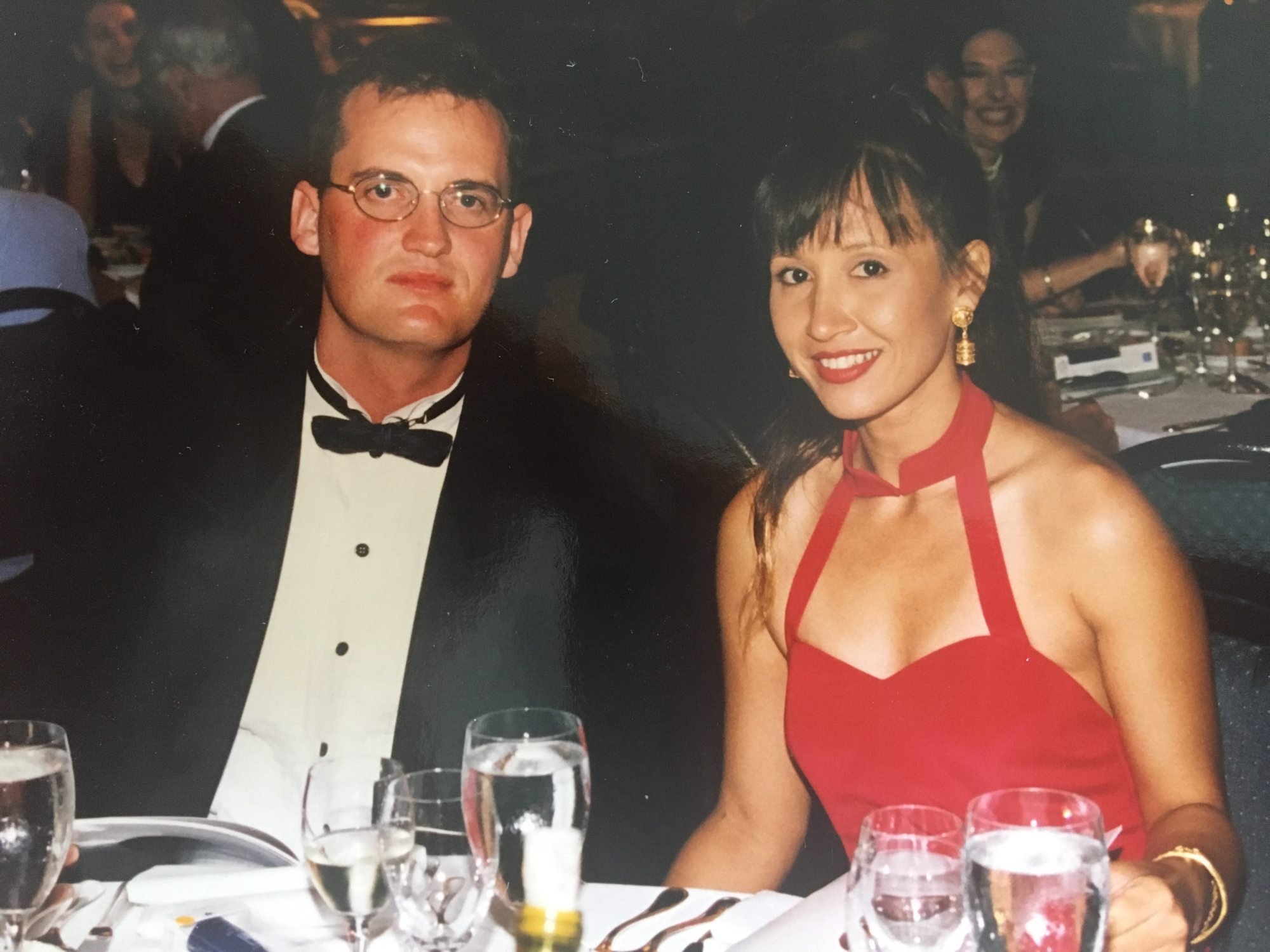
Bent force
Everyone knew there were illegal casinos and brothels, but how were they able to operate under the nose of local cops? It took some dedicated and brave journalism to expose what was going on.
That led to the formation of the Fitzgerald Inquiry, which discovered that the police force was utterly corrupt, even at the highest levels.
Before all of that came out, I was aware of an illegal casino operating in Surfers Paradise above the ice-cream and gelato bar. As a young reporter, and with this public debate raging, I did a story about the casino. It was part of an organised crime protection racket that police fostered, and was shut down soon afterwards.
As I became more experienced and followed the excellent journalism that was being done to expose the corruption of the police, I saw what a difference you could potentially make.

London calling
In 1988, I went to work at The Courier-Mail in Brisbane, a broadsheet newspaper. I was also on police rounds and doing investigative stories, and becoming more confident as a writer.
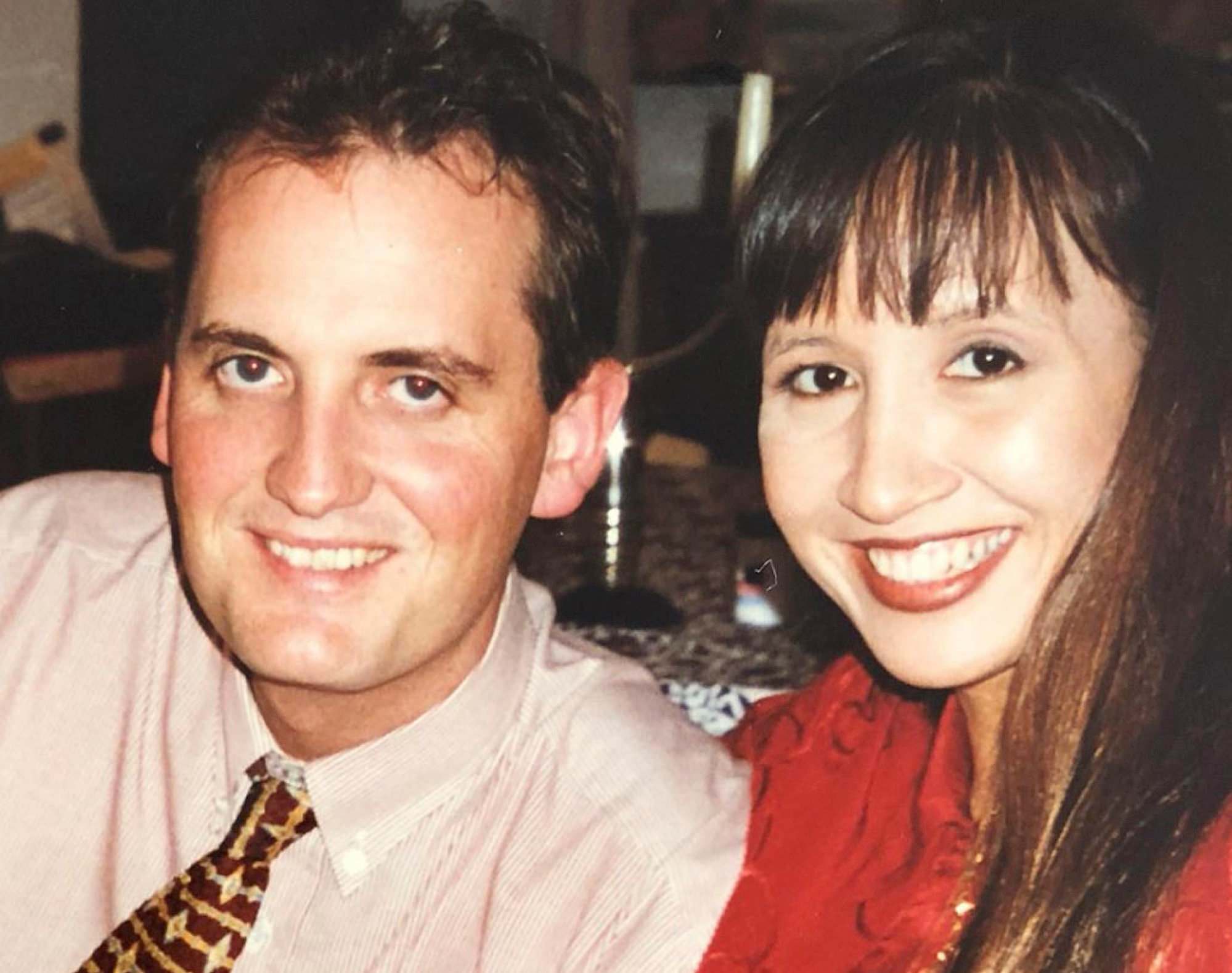
Hello Hong Kong
In 1991, I returned to Brisbane and worked in the newsroom at The Courier-Mail. A friend and colleague, Jason Gagliardi, knew that I liked a drink and in December 1992 encouraged me to go to the opening of a new bar.
It was there that I met Ruth Mathewson, who was the political editor for Sydney’s Sunday Telegraph and based in Brisbane. We’d been dating for a few months when she was offered a job in Hong Kong. I didn’t want to let her slip through my fingers, so I tried to get a job in Hong Kong.
We both ended up at The Hongkong Standard. After about five months, we were wooed by David Armstrong, who was the then editor of the South China Morning Post.
Ruth and I were in Hong Kong for six years. In 1995, we got married at the registry office in Hong Kong Park and had a wedding party at the Sai Kung Beach Resort.
Our first child, Alexander, was born in Hong Kong in November 1998, and we left in the first half of 1999.
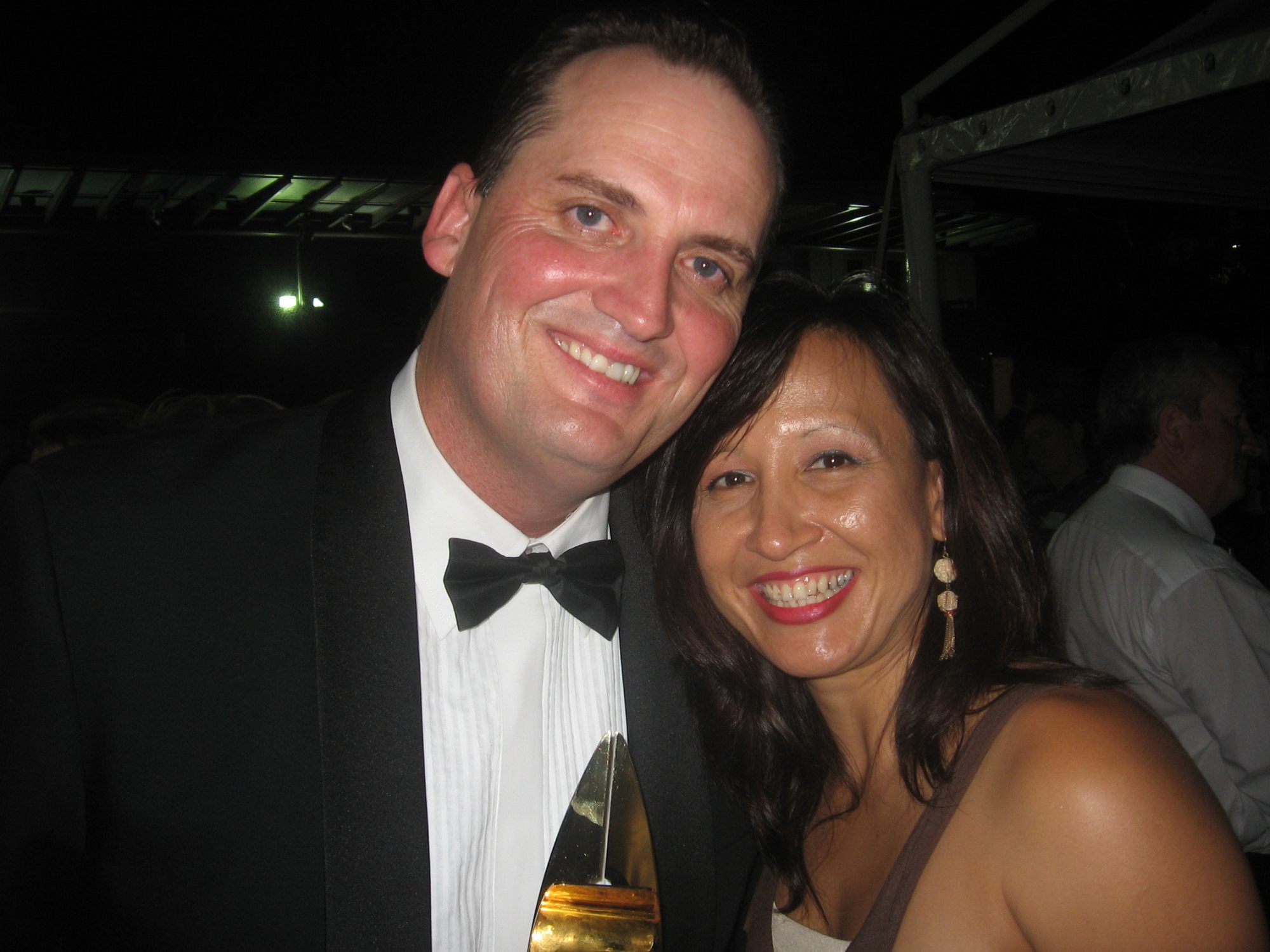
Return to Oz
Throughout my career I’ve been attracted to stories that revolve around the criminal justice system. When we returned to Brisbane, I went back to The Courier-Mail as a features writer.
I started writing yarns that weren’t being covered that I thought could make a difference. That led to a couple of early breakthroughs, with a public inquiry into some very dodgy practices involving Queensland politicians, an internet casino and child sexual abuse.
Case review
Our daughter Sarah was born in May 2001 in Brisbane. That was also the year I read the story of Lynette Dawson, who had disappeared in 1982 and was presumed dead.
There was an inquest being held in Sydney into her suspected death. Her husband, Chris Dawson, had been grooming a schoolgirl, having sex with the schoolgirl in the family home, and then his wife vanished. He went on to marry the schoolgirl.
That culminated in August 2022 with the successful prosecution and conviction of Chris Dawson for murder, 40 years after his wife vanished without a trace.
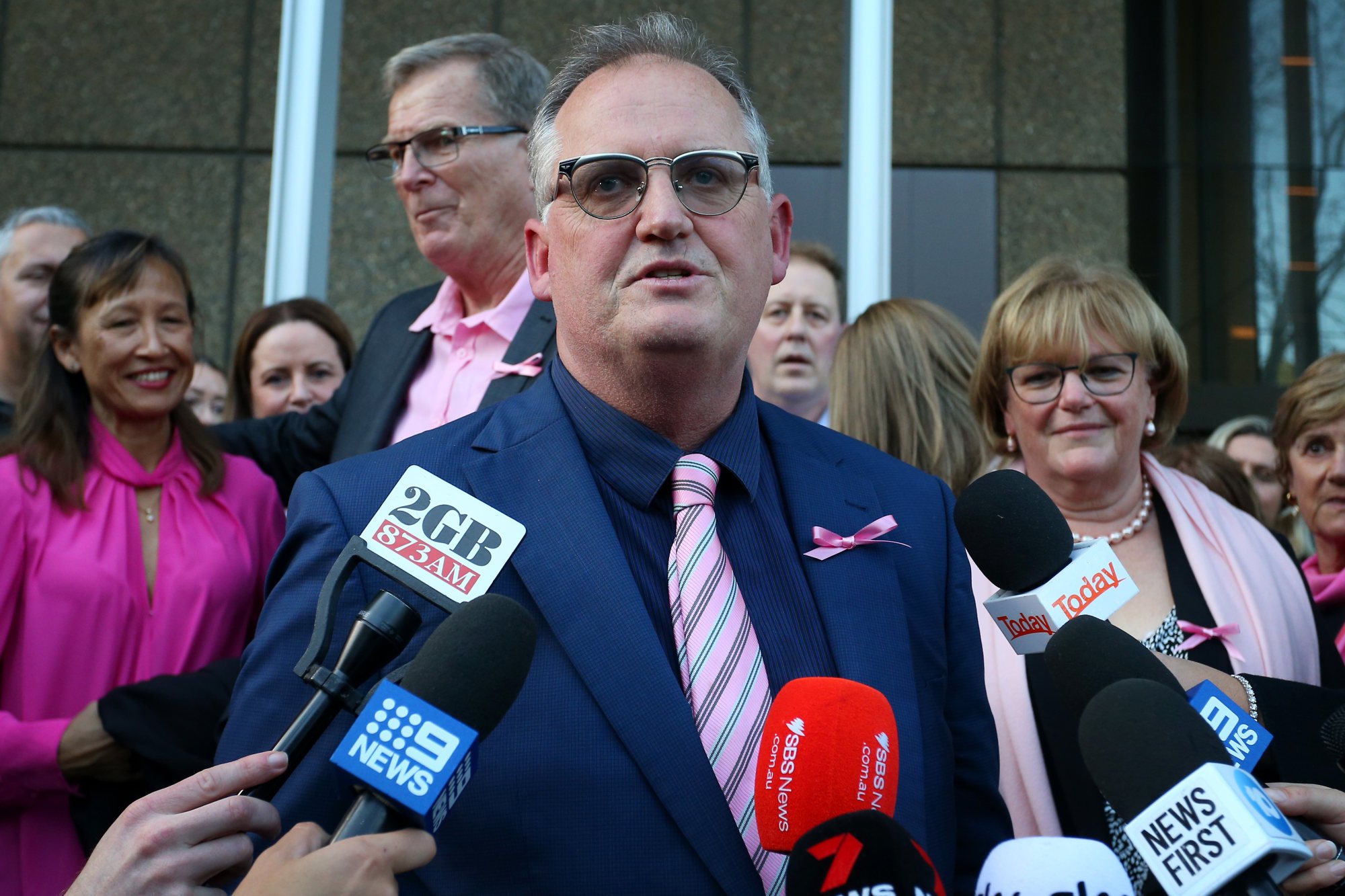
Pods’ work
The Teacher’s Pet was a controversial podcast at the time. It went to No 1 (on the iTunes podcast charts) in the US, UK, Canada, Australia and New Zealand, and was charting strongly around the world. It led to me focusing on podcast investigations of unsolved murders.
I’m still employed by a traditional newspaper, and I still from time to time write something for the paper, but I’m writing much more now because I’m doing hour-long scripts for episodes after months of investigation and interviews with people associated with unsolved murders of Australian women.
Most people who know my name now know it through listening to my podcast.
Listen up
Podcasting is incredible for journalism, and for experienced journalists who have been print reporters it is a godsend at a time when journalism has got a lot tougher and there are fewer opportunities.
This long-form, rigorously researched, deep-diving journalism with a focus such as the one I have, where you can possibly make a difference, is incredibly important to listeners.
It drives a huge amount of interest in the newspaper and the associated photographs and stories.
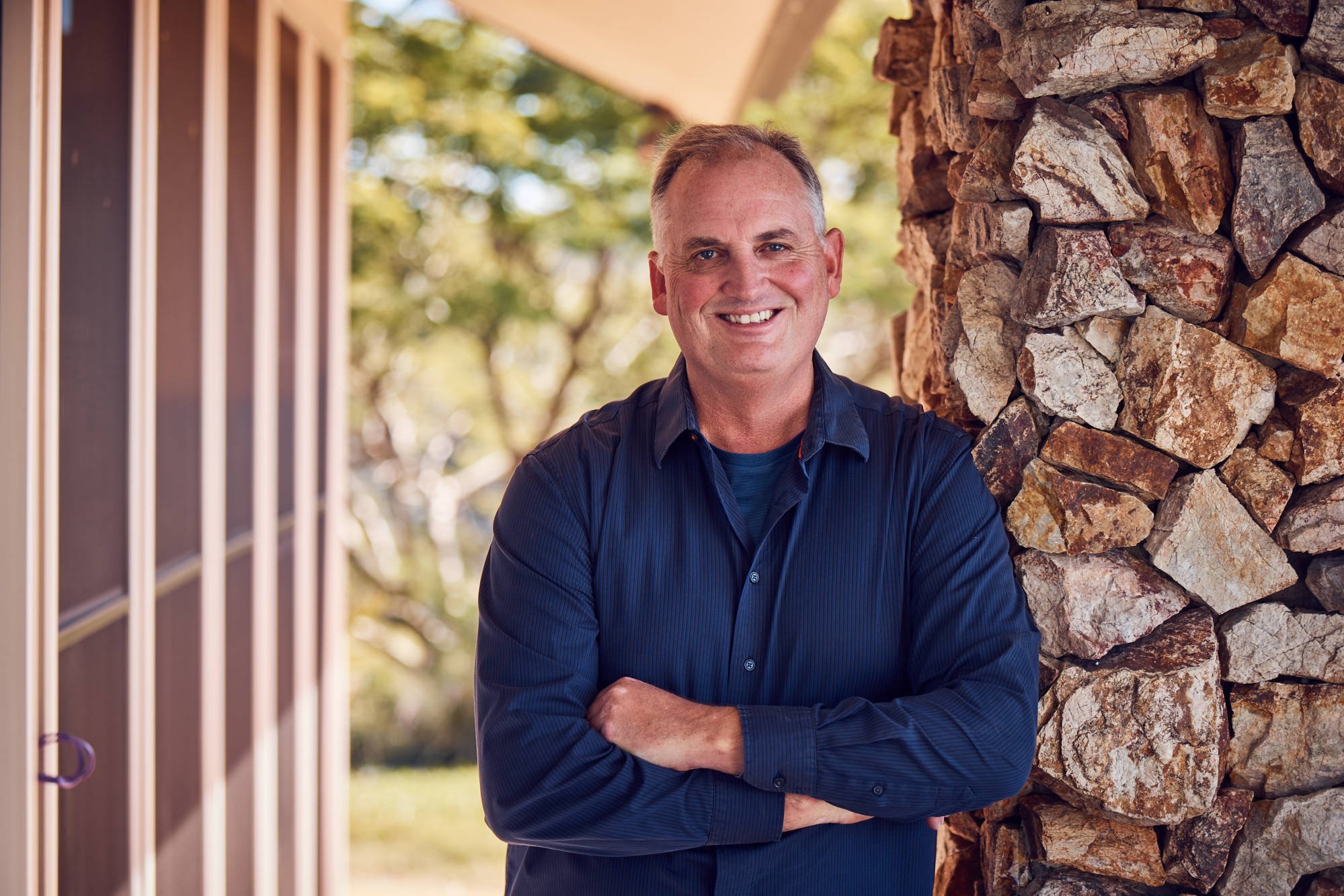
Giving a voice
After The Teacher’s Pet, I did another one called The Night Driver series. After that came Shandee’s Story, which ended up being almost 40 episodes because of huge revelations and developments that came out of the podcast, including the fact that DNA testing at crime scenes in Queensland had been corrupted.
I spoke at the Sydney Writers’ Festival at the end of last month and received such wonderful expressions of gratitude from people who aren’t directly connected to the cases that I’m investigating, but are grateful somebody is giving the women who have been harmed, murdered and forgotten by the system a voice, and hopefully solving their cases.
New leads
I’m working on a new podcast series called Bronwyn. Bronwyn Winfield was a young mum who disappeared in 1993 from a surf town in New South Wales. Two episodes are out now, and it is already attracting significant leads with new information coming in. I’m hopeful that it will make a difference.
